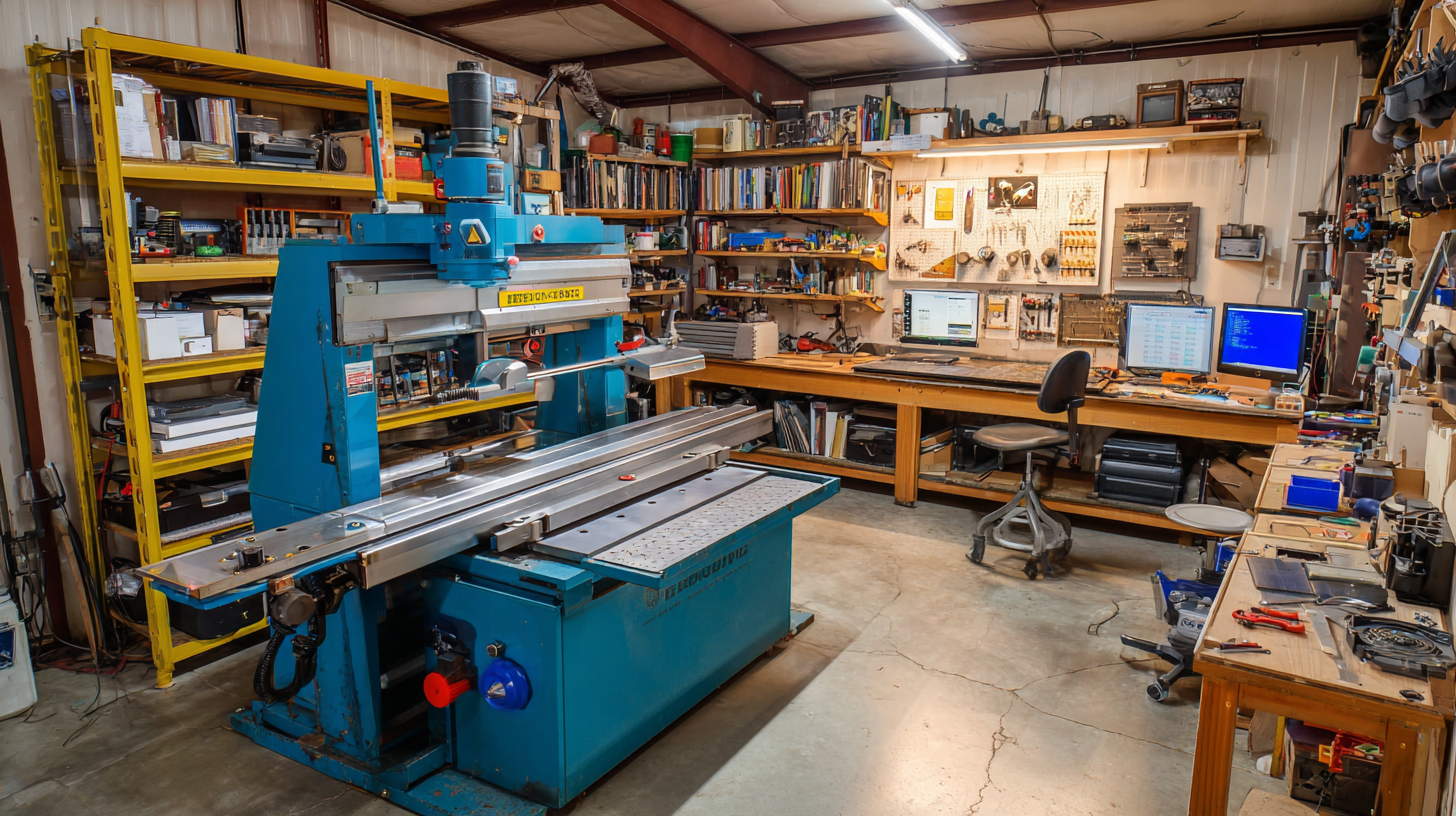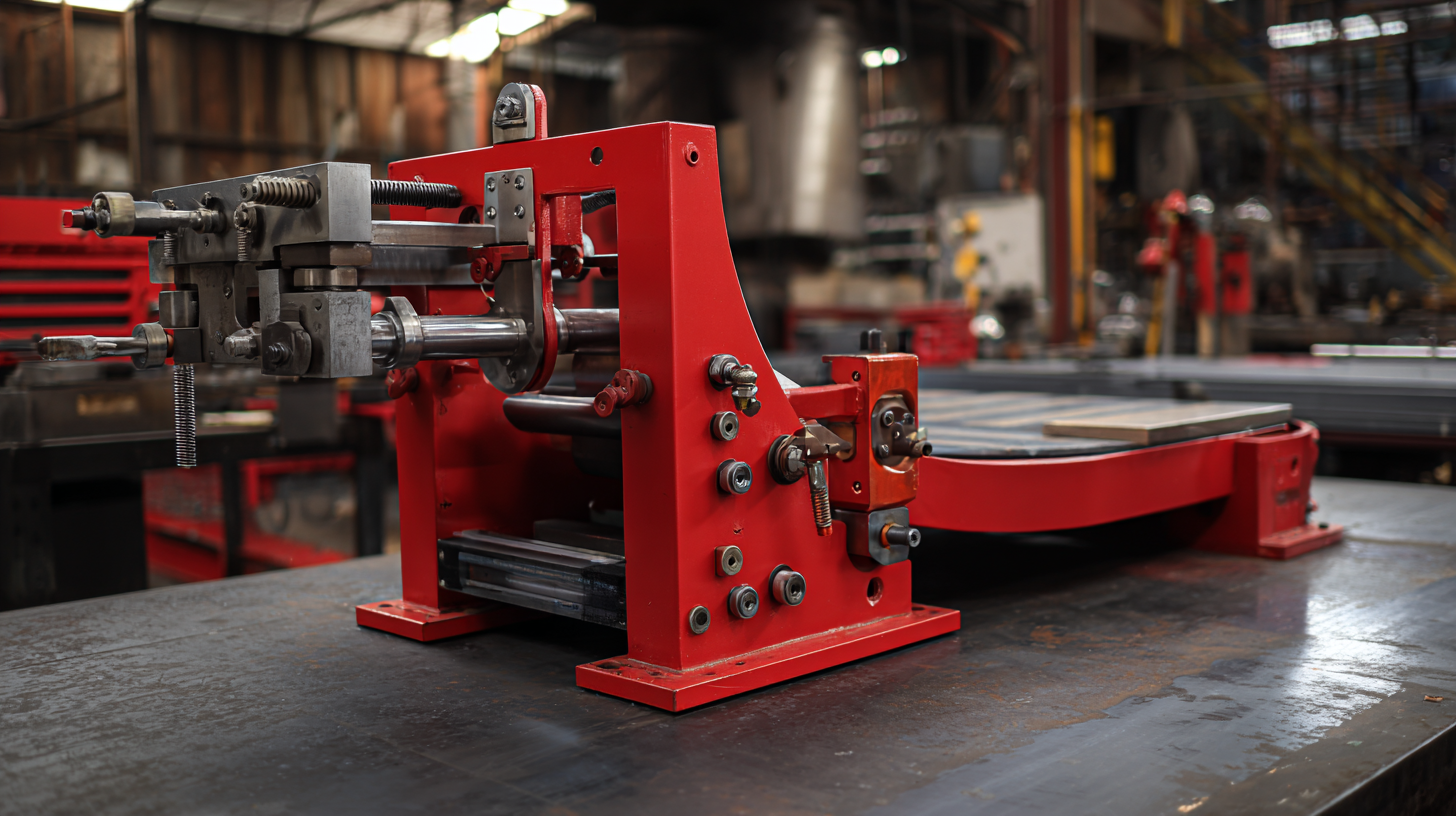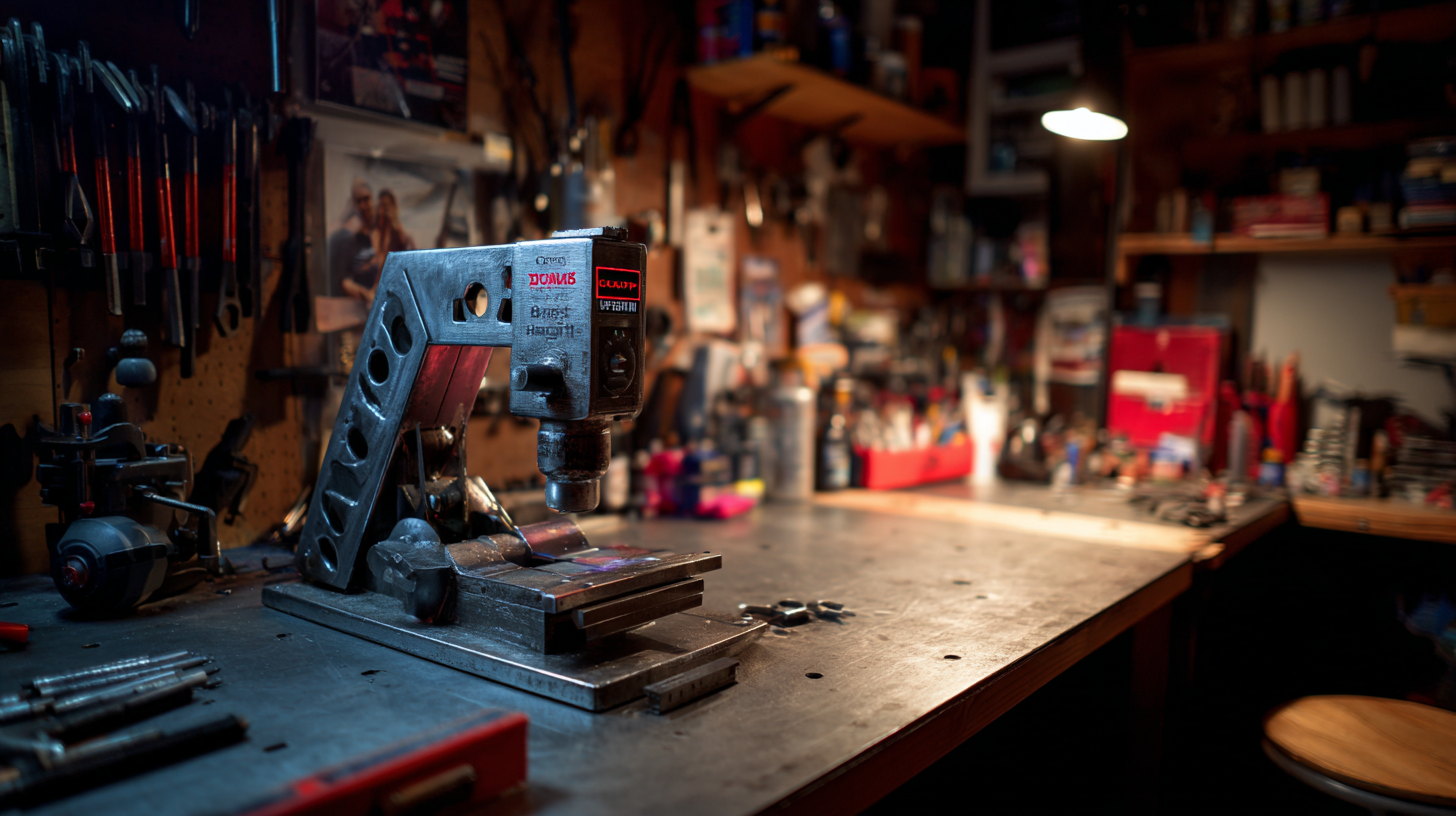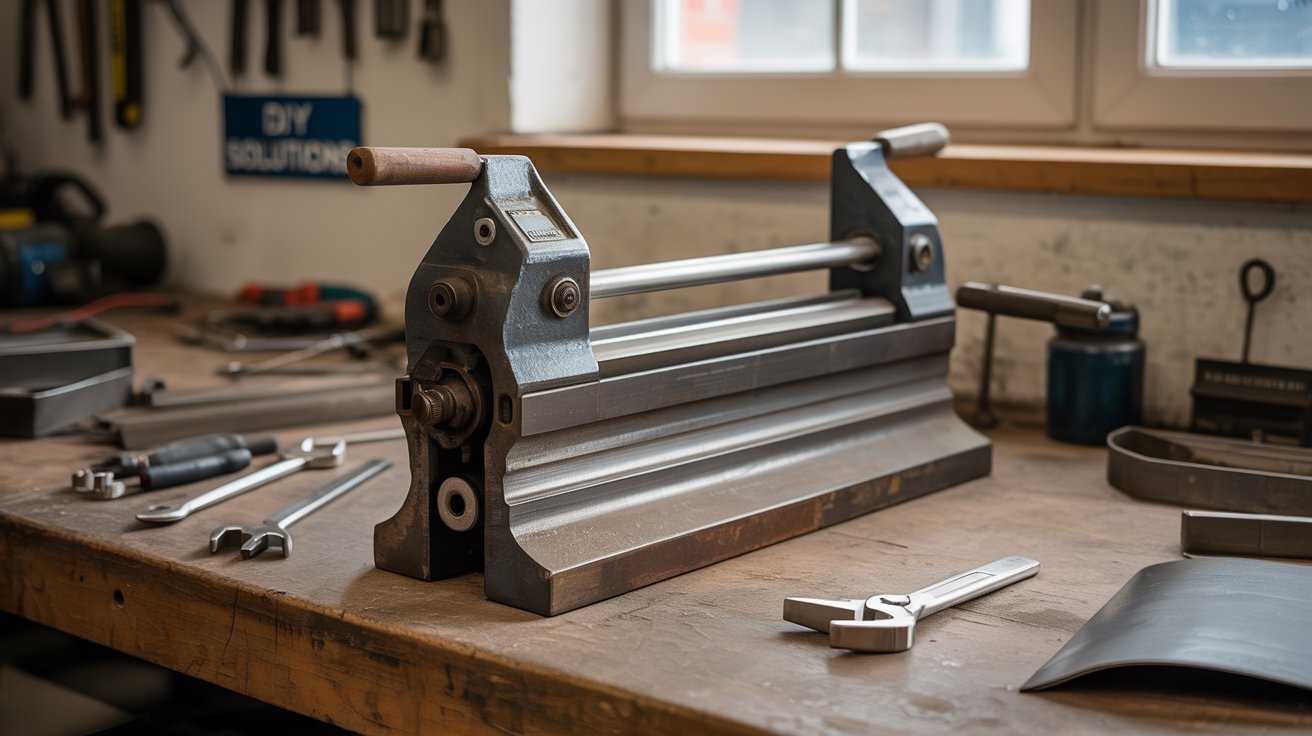Save Time and Gain Independence
Time is money — especially in a small shop or a fast-paced DIY project — and a sheet metal bender can save plenty of it. Owning a bender means you no longer have to drive to a fabrication shop or wait days for custom-ordered bent parts to arrive. You can complete bending tasks immediately and keep your project moving forward. For example, if you realize you need a custom bracket or an altered piece mid-project, having a manual bender on hand lets you produce it on the spot. This kind of agility can be a game-changer for meeting deadlines or quickly fixing unexpected issues. Contractors have observed that with their own brake on site, they could correct mistakes or adjust to surprises instantly, rather than halting work to get new parts made. The same principle applies in a home garage or small shop — your workflow isn’t at the mercy of anyone else’s schedule.
In essence, a manual bender gives you independence and self-reliance in your metalworking. You can bend what you need, when you need it. This freedom also encourages experimentation and learning. Instead of being constrained by prefabricated pieces, you might try innovative solutions because you have the means to shape metal freely. Over time, you’ll build new skills in metal fabrication, making you even more capable in your craft. Some small business owners have even transformed their capabilities by bringing bending in-house: not only did it speed up their own production, but it also enabled them to take on jobs they previously had to turn down. In one real-world example, a siding installer invested in a brake and found that his efficiency increased and installs became “easier, faster and more professional,” as he could fabricate flashings and trims on his own. The confidence and convenience that come with having the right tools cannot be overstated. With a manual sheet metal bender in your toolkit, you’re in full control of your work — no more outsourcing or improvising, and no more wasted time.
Case Study: Small Shop, Big Benefits — A custom motorcycle builder running a tiny workshop decided to purchase a manual 36-inch pan-and-box brake. Before owning a bender, he would spend hours crafting brackets and chassis components using clamps and mallets, often ending up with subpar results that needed redoing. After the investment, he could fabricate precise fuel tank brackets and body panel mounts in-house. This not only saved him money (no more paying a machine shop for one-off bends) but also cut production time significantly. He even started taking on small fabrication projects for fellow bike enthusiasts in town, bringing in extra income. This case mirrors what many professionals have found: the ability to “bend it yourself” on your own schedule streamlines projects and can open up new revenue streams. In short, the manual bender turned his small shop into a more efficient and independent operation.




